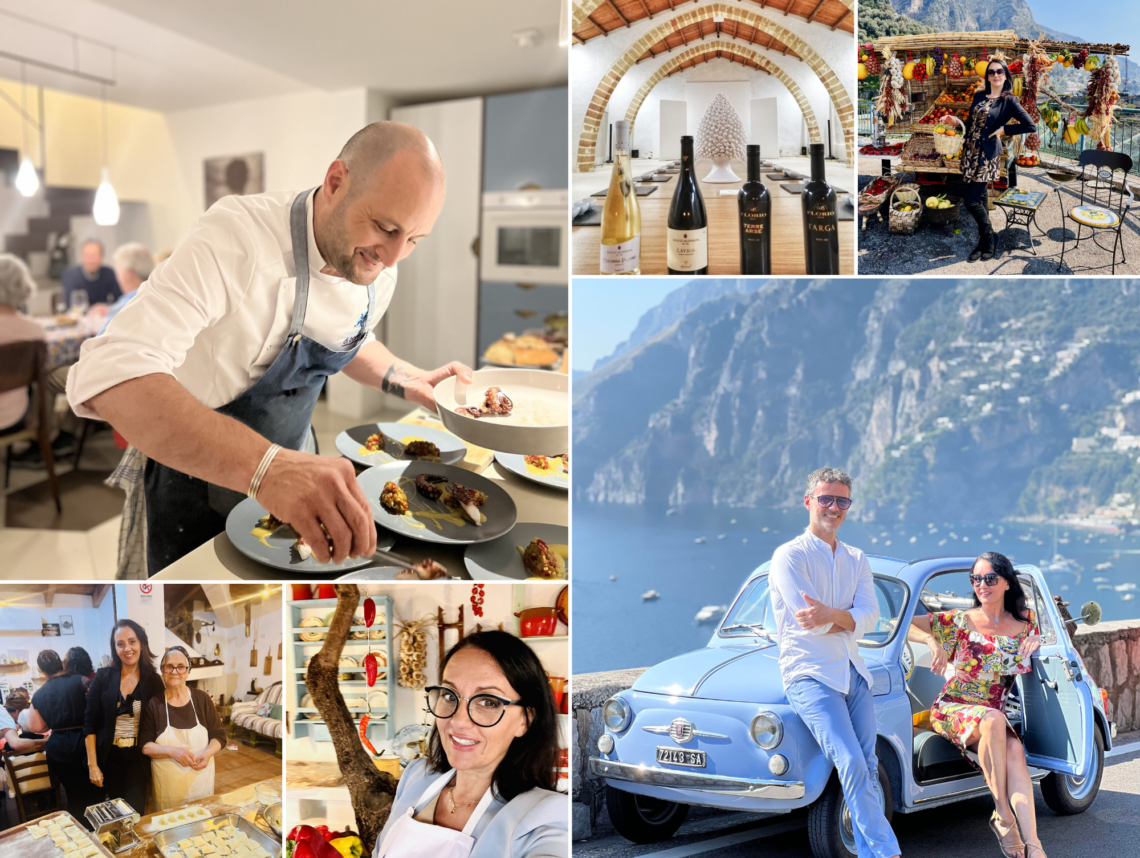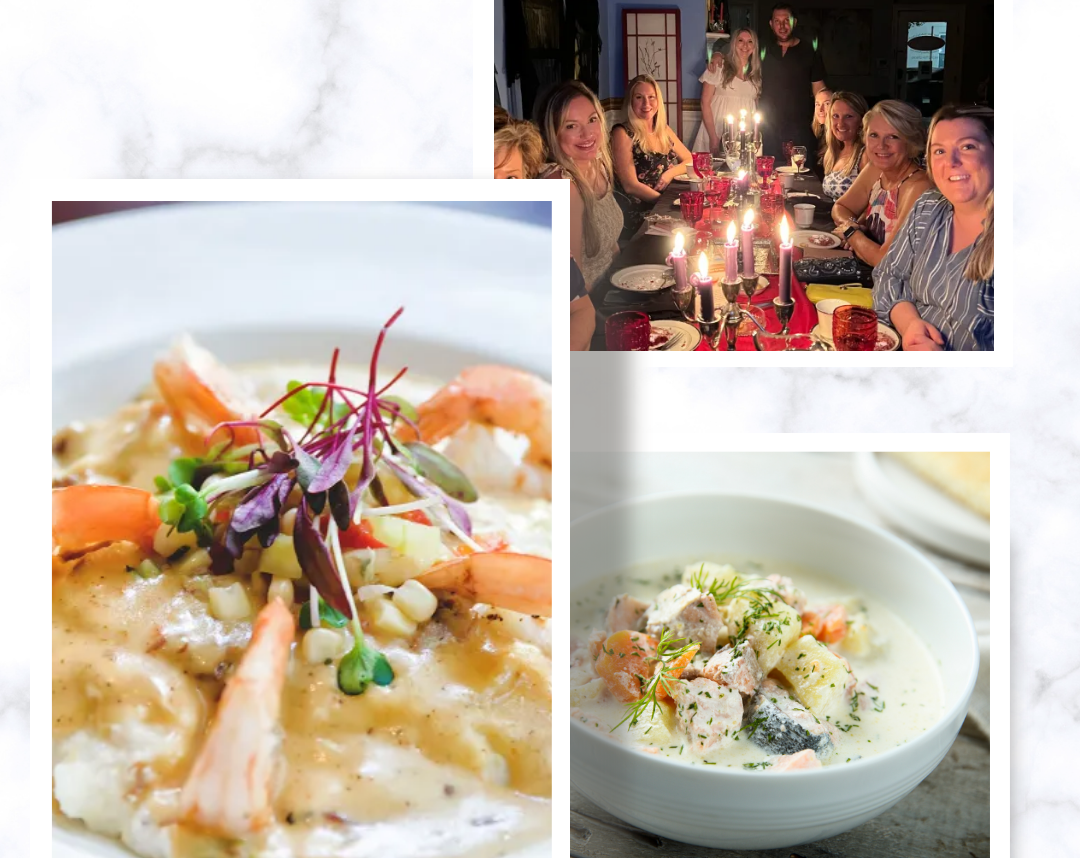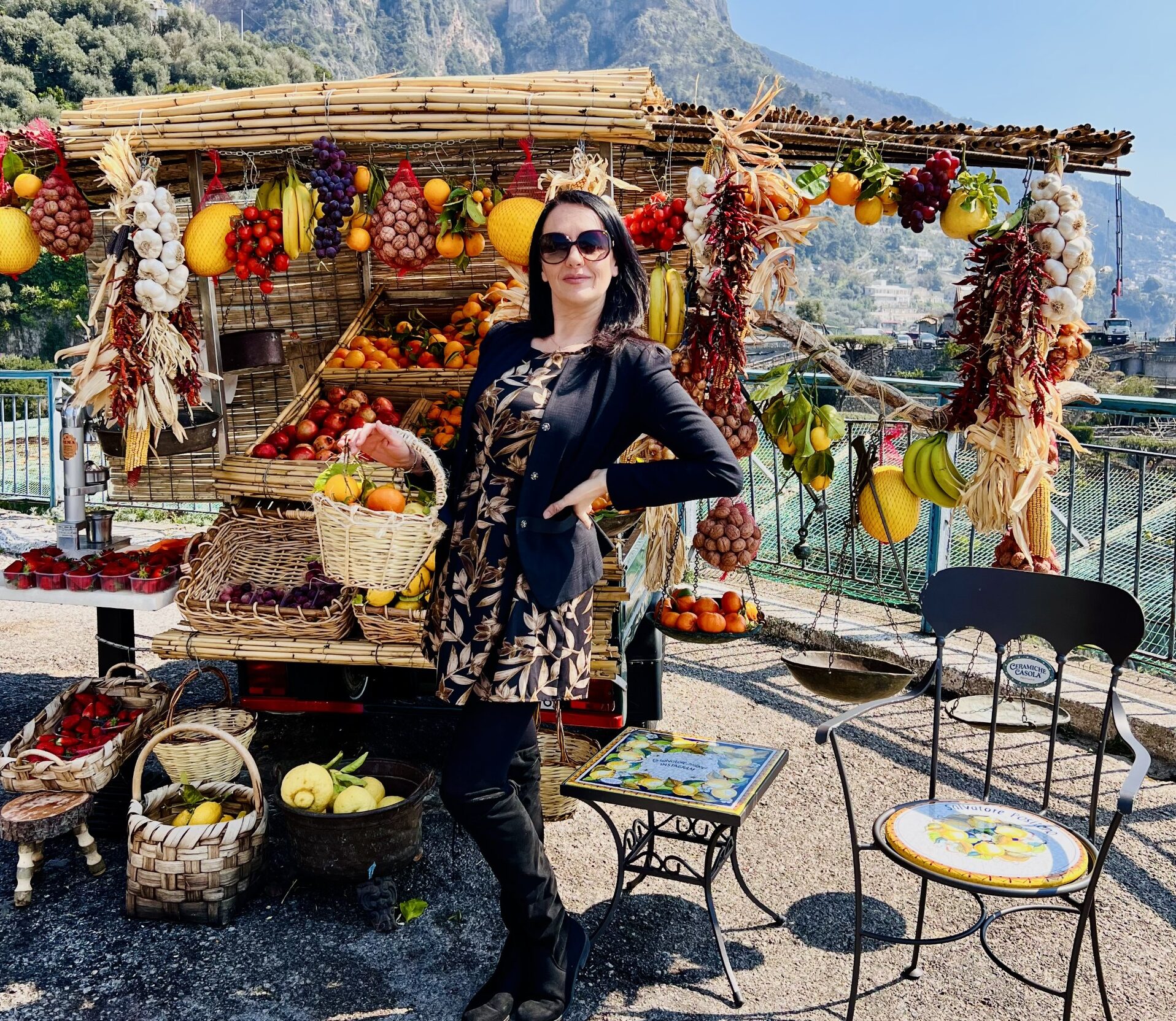Why Culinary Travel is Your Next Big Journey.
In 1950, only 25 million people traveled worldwide, but by 2019, a mind-blowing 1.5 billion travelers were exploring the planet! The new travel mantra has shifted dramatically from collecting souvenirs to collecting experiences, with culinary travel leading the charge. This isn’t just a passing trend – it’s a full-blown movement reshaping how we understand travel. One in five travelers now plan trips specifically around food, with 50% wanting culinary experiences integrated into their journeys. 
Food is storytelling, with each bite serving as a cultural passport. When travelers taste a local dish, they’re not just consuming calories – they’re learning about history, tradition, and the essence of a destination. Modern travelers want immersive experiences that go beyond surface-level tourism, diving deep into local cultures and connecting with communities through their most fundamental expression: cuisine. Culinary tours now interactive adventures that connect travelers directly with local chefs, farmers, and artisans and these experiences transform a simple vacation into an epic, sensory journey of discovery as this article about the Di Giovanna Winery in Sicily describes.

Pictures courtesy of Angela Macaluso, DMC Italy by Experts.
1. Tuscany, Italy: Where Tradition Meets Taste.
Beneath its sun-dappled countryside and vineyards lies Tuscany, a region synonymous with rustic Italian charm and culinary excellence. Known for its farm-to-table approach, it’s where simplicity meets flavor in glorious harmony. Think Ribollita and Cacciucco tucked in charming trattorias. Ribollita is a hearty Tuscan soup that translates to “reboiled” in Italian, signifying its origins as a dish made from leftovers. Cacciucco is a traditional Italian fish stew lavishly seasoned and hailing from the coastal regions of Tuscany, particularly Livorno. This dish historically came about as a way to make use of the fishermen’s unsold catch. Both dishes embody the spirit of humble ingredients crafted into something irresistibly delicious, steeped in the culinary traditions that make Tuscany such a celebrated destination for food lovers.
Best Time to Visit: April to June, September to October.
Experience Mode: Angela Macaluso is a well-known DMC in Italy and with her partner Giacomo, they run Sicily & Italy by Experts. They specialize in crafting experiential and relational tours that showcase the rich culinary heritage of Italy. From the stunning landscapes of Sardinia and Tuscany to the breathtaking Amalfi Coast and the vibrant flavors of Puglia and Sicily, her tours offer unique, out-of-the-box experiences that celebrate the amazing food and wine of Italy. She can be contact here at [email protected] and travel advisors can contact her here.
Travel Type: Family, solo, or group-friendly.
Pro Tip: Take a pasta making class in a countryside villa or in a local home.

2. Provence, France: Simplicity Served with Savoir-faire
Provence whispers the language of effortless elegance. Its culinary scene boasts robust flavors, often enhanced by herbs like thyme and rosemary. The fresh markets here are like stepping into a painting of abundance – perfection made edible. For those who have an affinity for both cruising and culinary experiences, French river cruises offer a delightful way to explore multiple gastronomic regions without unpacking your suitcase more than once!
Paris. Known as the gourmet capitalit is synonymous with culinary excellence. Enjoy a day with a local chef learning how to bake the perfect croissant or take guided tours to patisseries and chocolatiers. A Must-Visit Spot is Le Marais for its eclectic food scene, or Montmartre for quaint cafes and boulangeries. Provence is where rustic simplicity meets refined elegance. Explore bustling markets overflowing with lavender, olives, and fresh produce and join in wine tours through Châteauneuf-du-Pape vineyards. Must-Visit Spots: Aix-en-Provence’s markets or Avignon’s culinary festivals. Bordeaux is known as the wine lover’s Haven where you will find wine-tasting sessions amid sprawling vineyards, indulgent cheese pairings, and Michelin-starred dining. Must-Visit Spots: The Medoc region, known for its full-bodied reds, or Saint-Émilion for a wine-and-dine like no other.
Tour Examples: Bordeaux Saveurs offers luxury wine tours, featuring prestigious châteaux and the chance to blend your own vintage. Discover bouchons (traditional eateries) serving classics like Coq au Vin and Quenelles. Don’t forget Les Halles de Lyon Paul Bocuse for gourmet delights.
Best Time to Visit: April to June, September.
Experience Mode: Self-driving tours to lively markets and rustic vineyards.
Travel Type: Ideal for groups and families; however, the serene scenery is a solo traveler’s dream.
Pro Tip: Feast at Saturday markets; you’ll find an abundance of charm wrapped in artisanal bread and local cheese.

3. Charleston, South Carolina: Southern Spice and Everything Nice.
In Charleston, every dish tells a story—rooted in vibrant Lowcountry cuisine intertwined with flavors that whisper the city’s rich history. Fried chicken, shrimp and grits, (this is one dish I still can’t wrap my head around) and sweet tea provide just a taste of the local fare. The streets are lined with history, the hospitality warm, and the culinary scene is a feast for the senses. This charming coastal city is a vibrant mosaic of flavors, architectural beauty, and cultural depth.
Lowcountry Cuisine: Expect a delightful blend of African, French, and Southern influences that create dishes rich in history and flavor. Must-Try Dishes: Shrimp and grits, she-crab soup, and the iconic Charleston red rice are staples that epitomize the region’s culinary soul. Dining Spots: Enjoy classics at Husk, where the menu is dictated by what local farmers are harvesting, or indulge at FIG, which reimagines Southern dishes with a modern twist. Seafood Galore: As a coastal city, Charleston is renowned for its fresh seafood. Savor mouthwatering oysters at The Ordinary or dive into the crispy delights of a Lowcountry boil.

Must visit spots: Farmers’ Markets and Food Tours: Explore the vibrant Charleston Farmers Market at Marion Square, where vendors offer everything from organic produce to artisan cheeses.
Tour Suggestion: Join Charleston Culinary Tour to weave through local eateries and discover hidden gastro gems.
Best Time to Visit: March to May, September to November.
Experience Mode: Road trip adventures lead to culinary goldmines in converted mansions and seaside bistros.
Travel Type: Perfect for families, groups, and solo wanderers.
Pro Tip: Take in the AGM of the flavors with a spring visit during Spoleto Festival—unlike any sensory suite you’ve
encountered.
Pro Tips for a Successful Culinary Travel Experience.
Choose Small Group Tours: They typically offer more personalized experiences and chances for interaction.
Keep an Open Mind and Palate: Trying new foods is an adventure in itself!
From bustling cities to picturesque regions, these destinations promise to tantalize your taste buds and immerse you in rich culinary traditions.
Keep following for more reviews, insights and travel tips in the USA and abroad and contact me for travel inquiries at [email protected]




